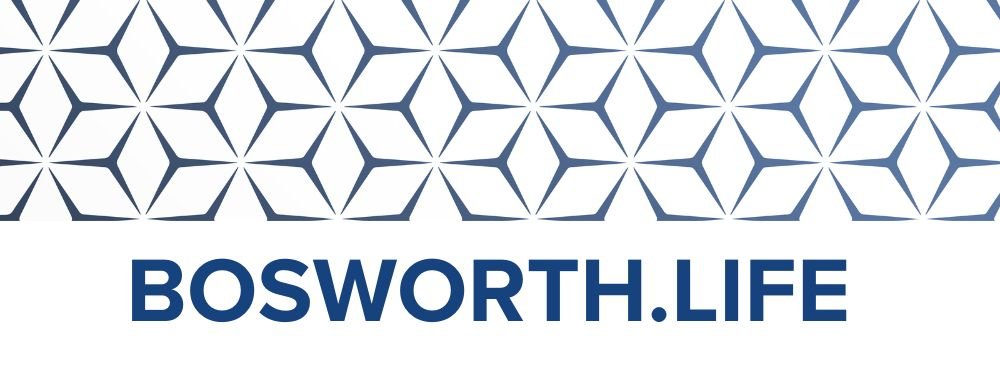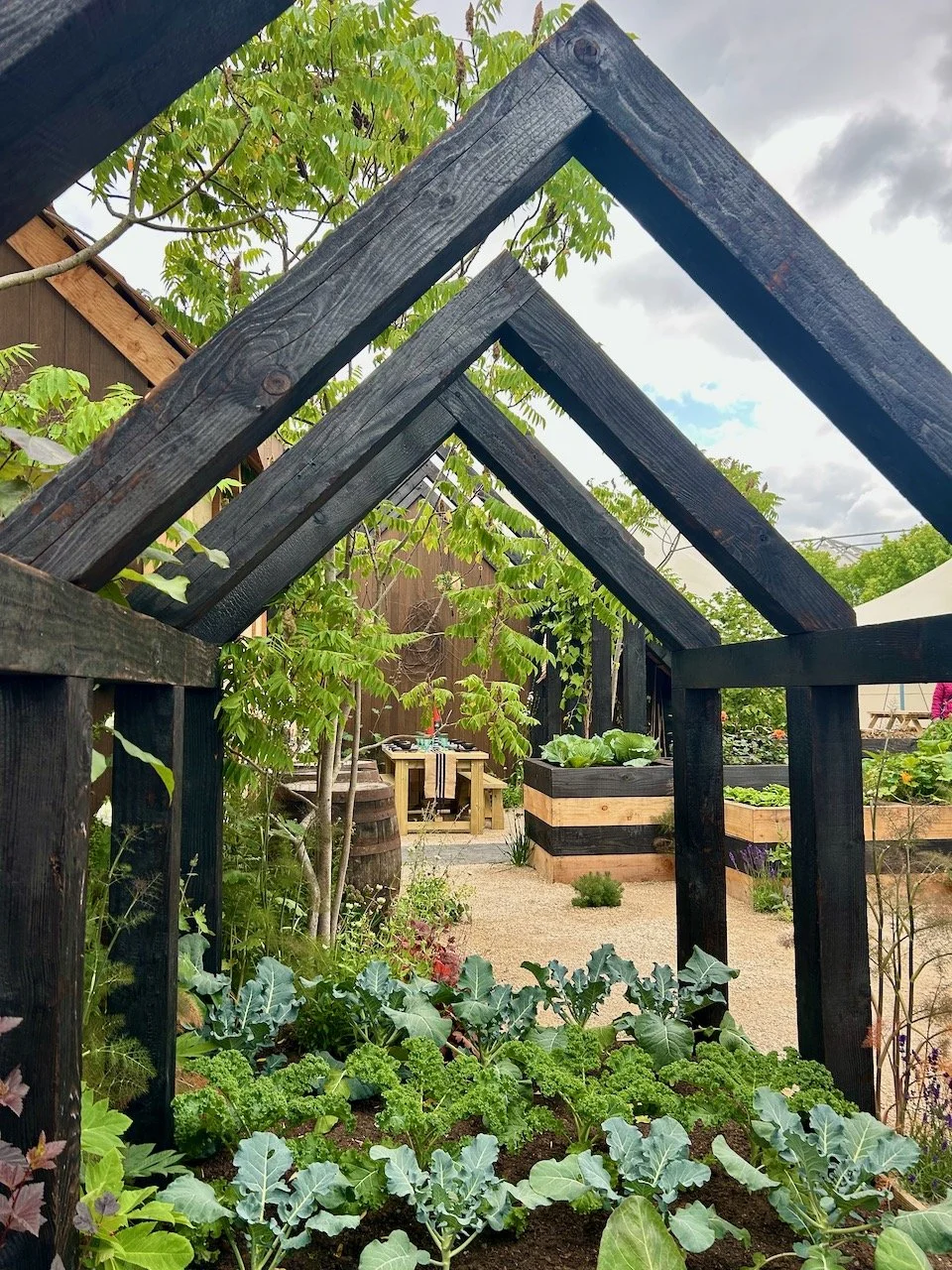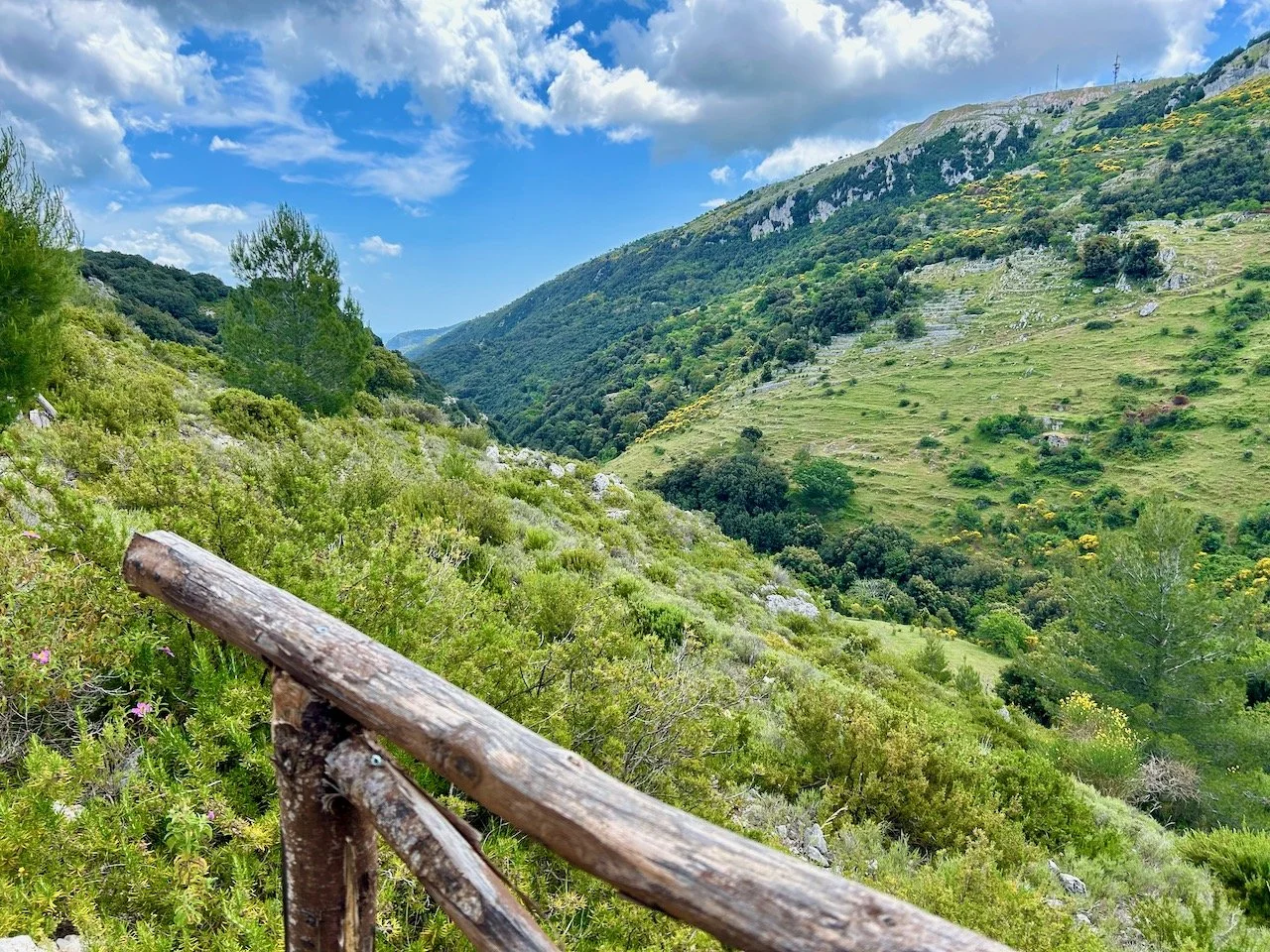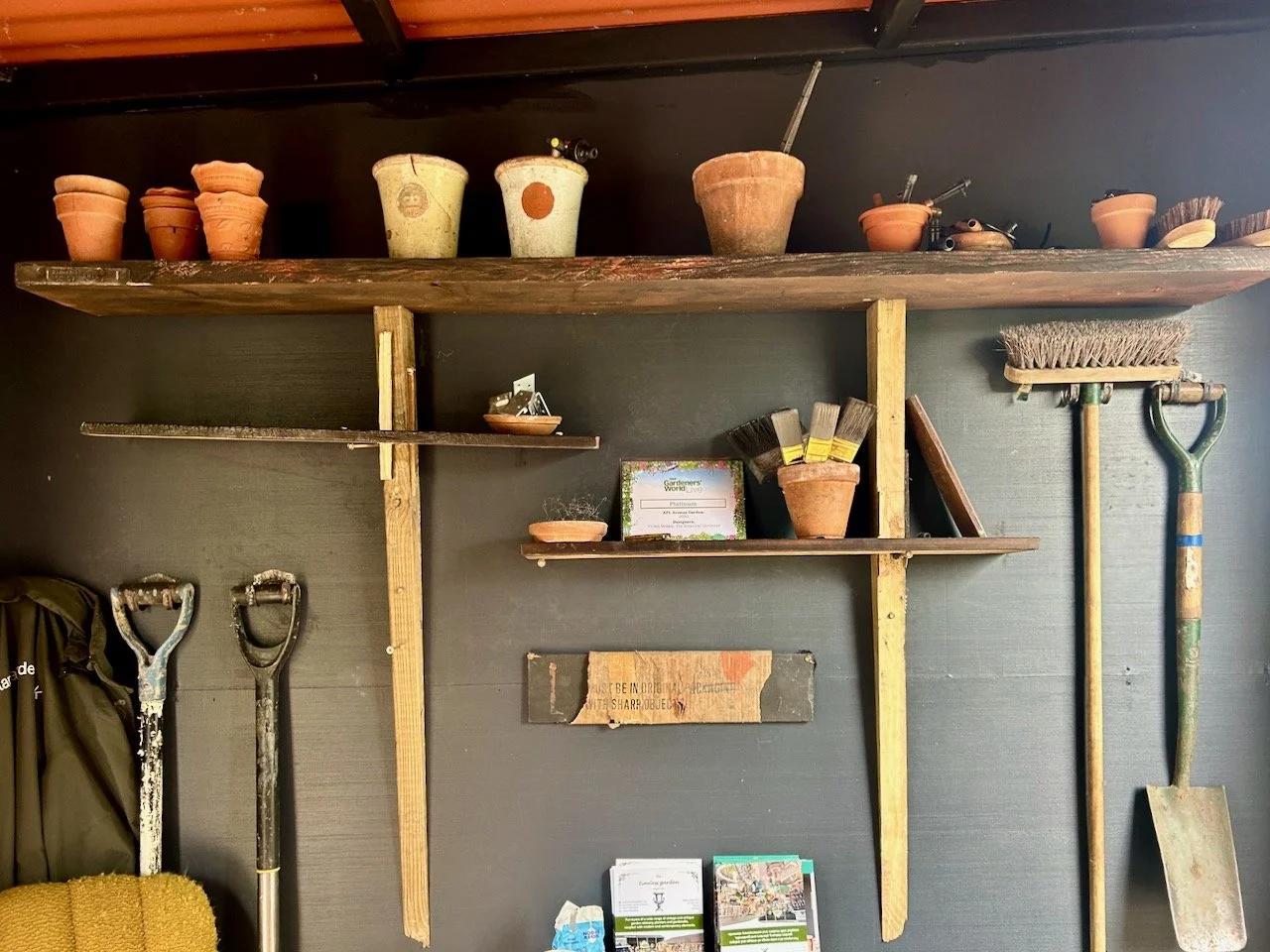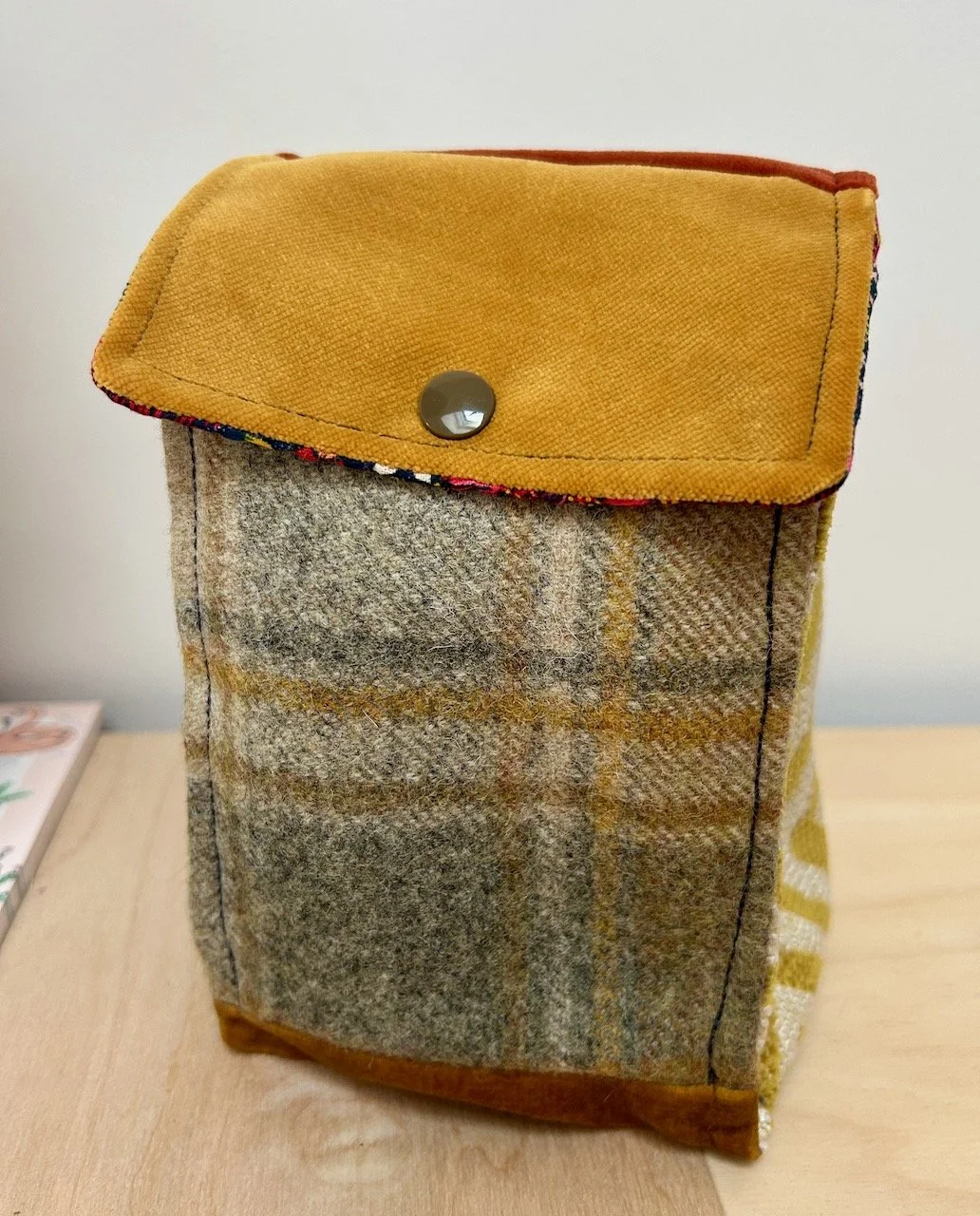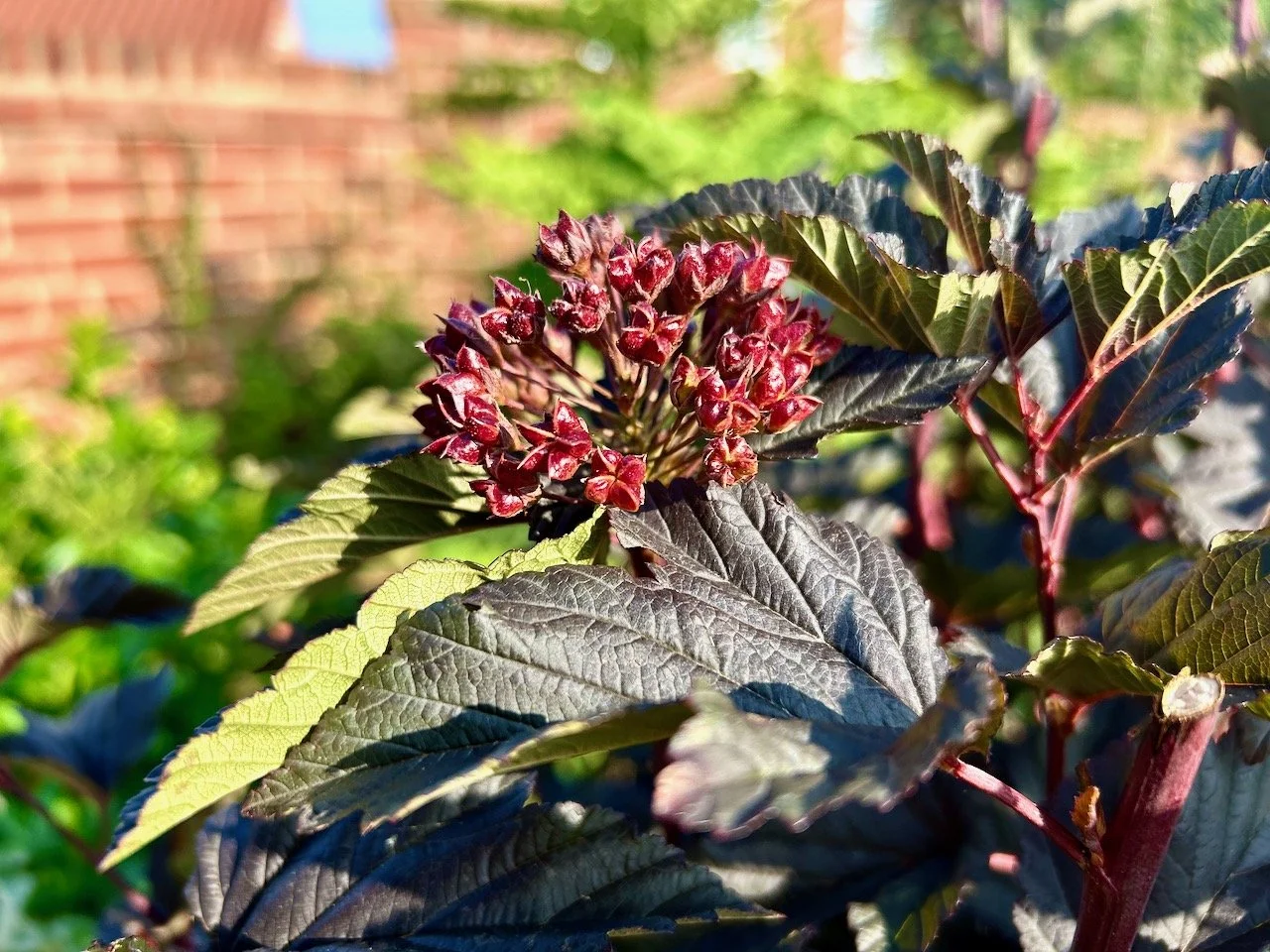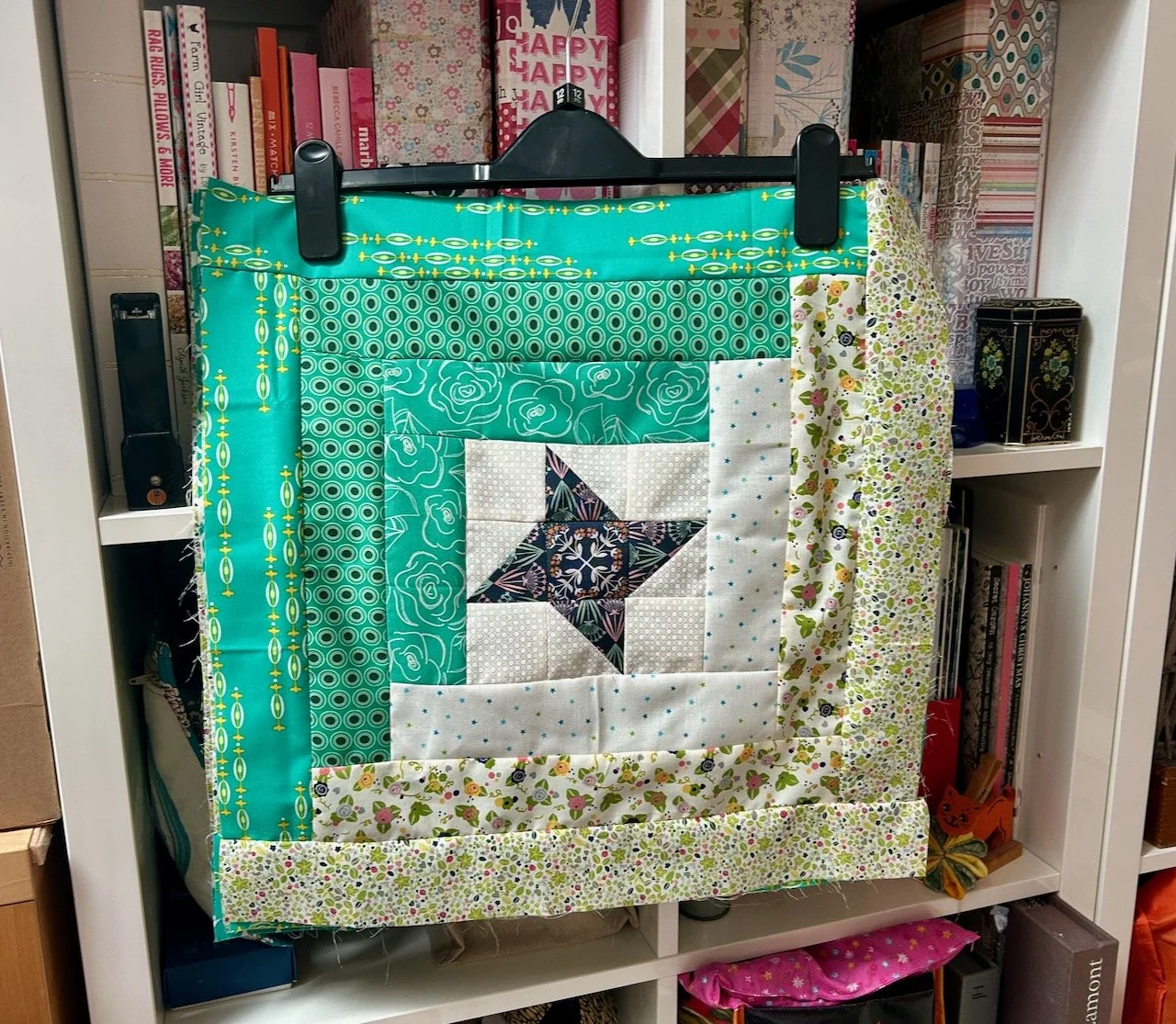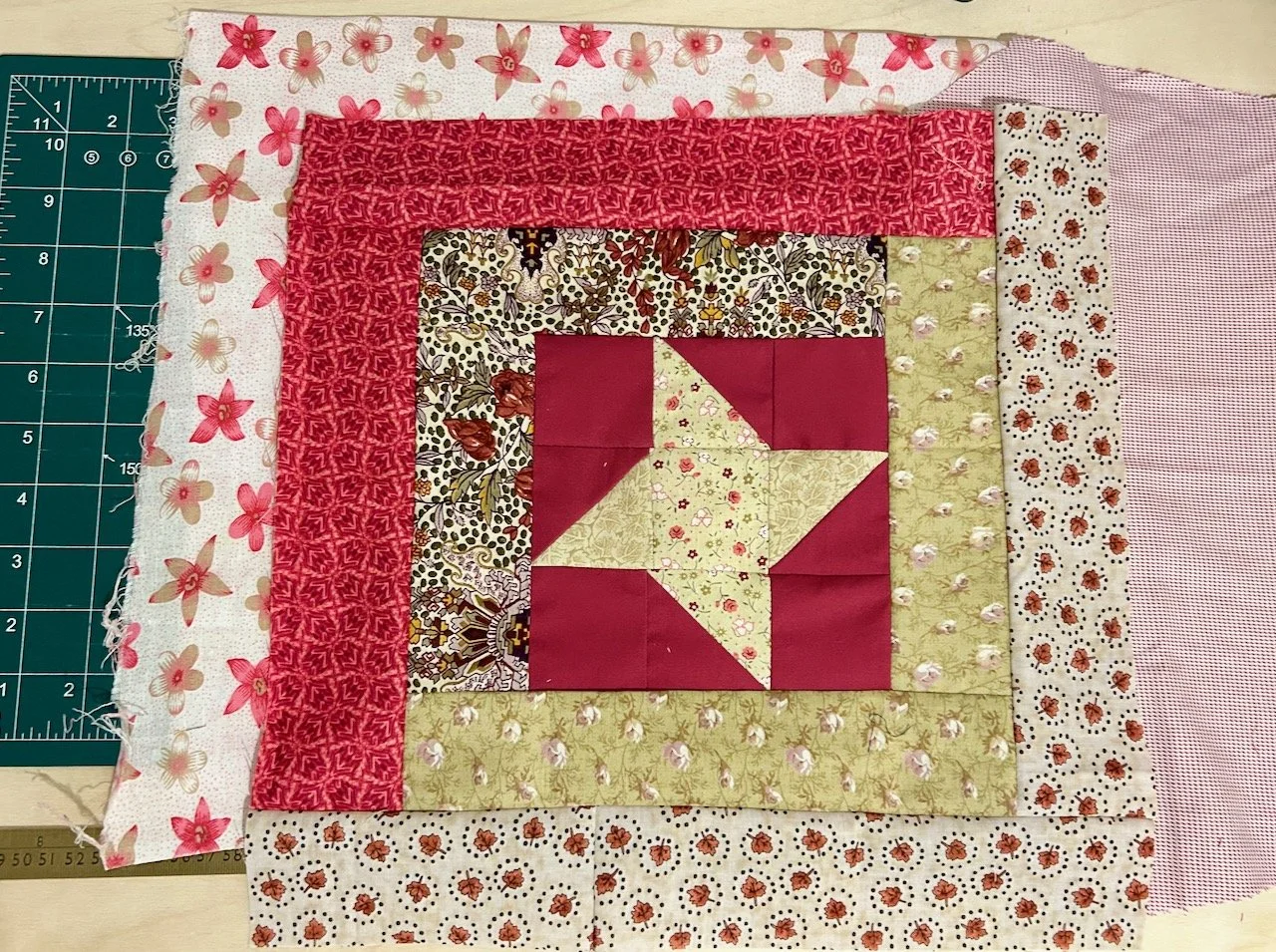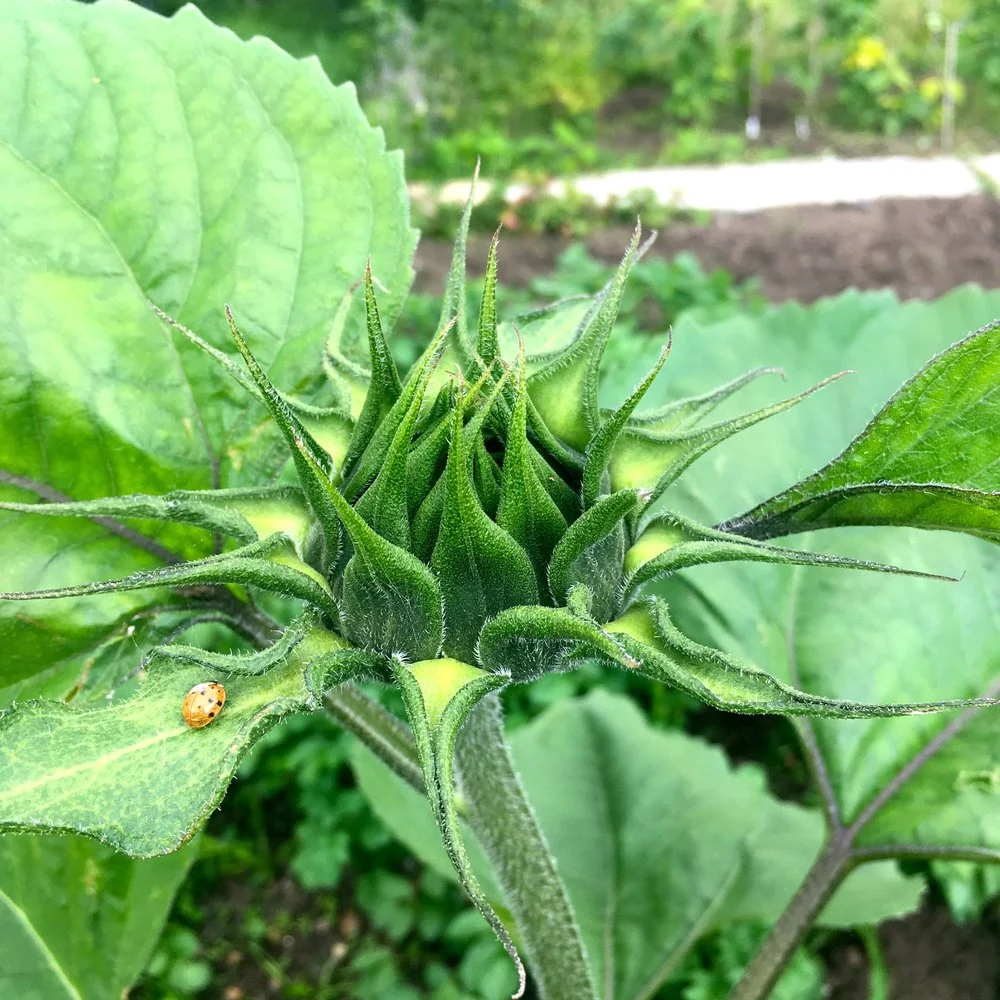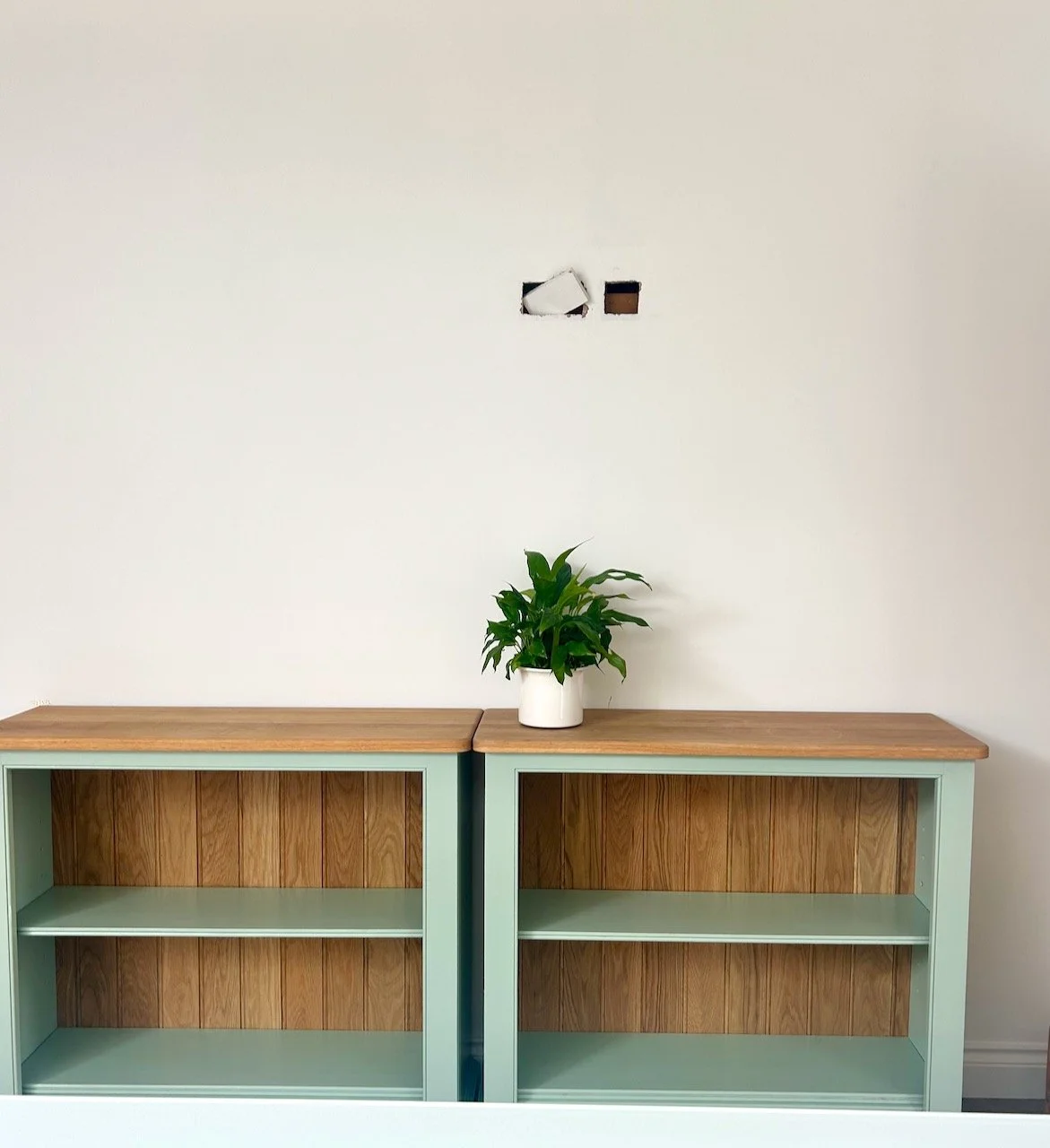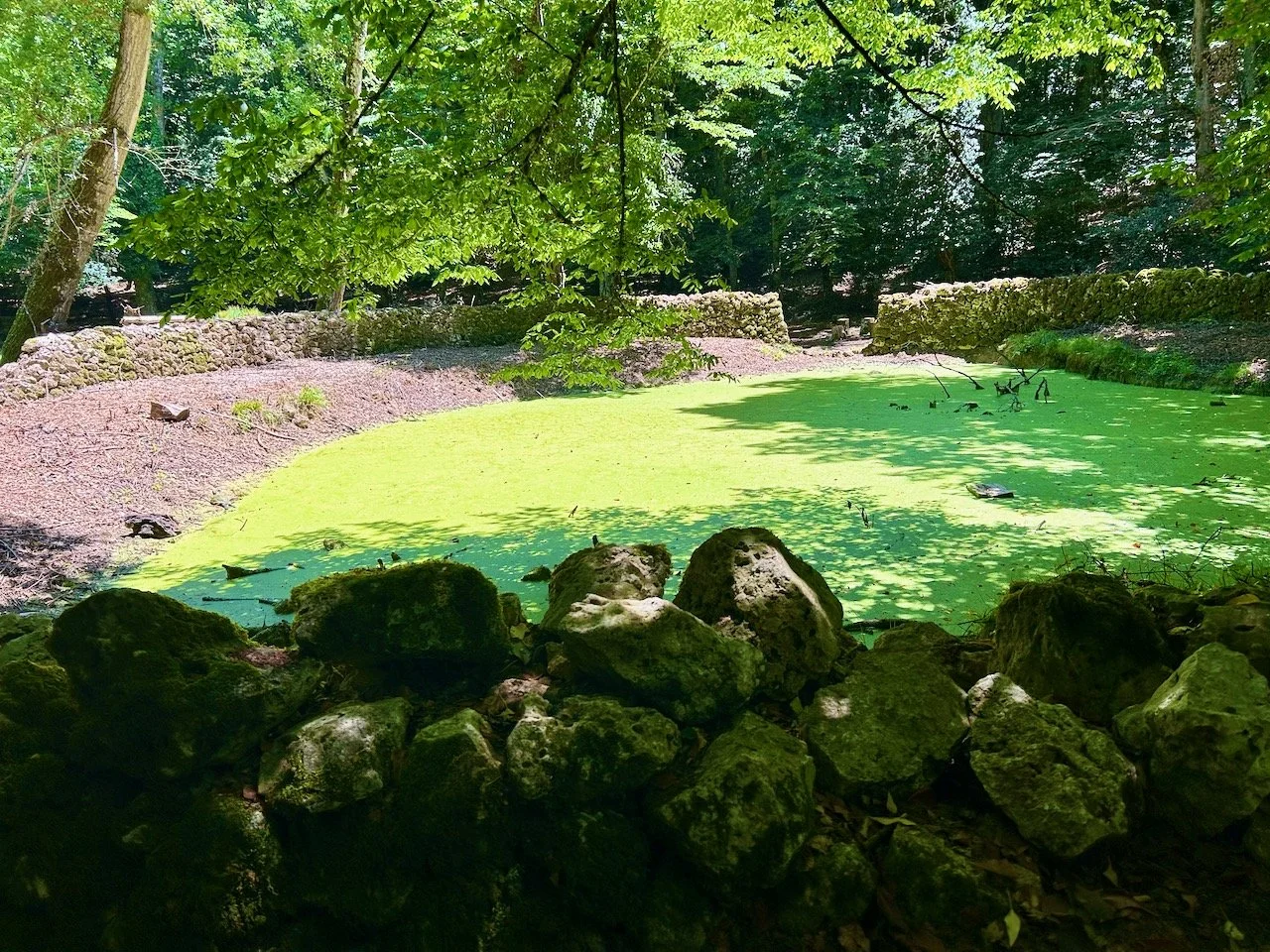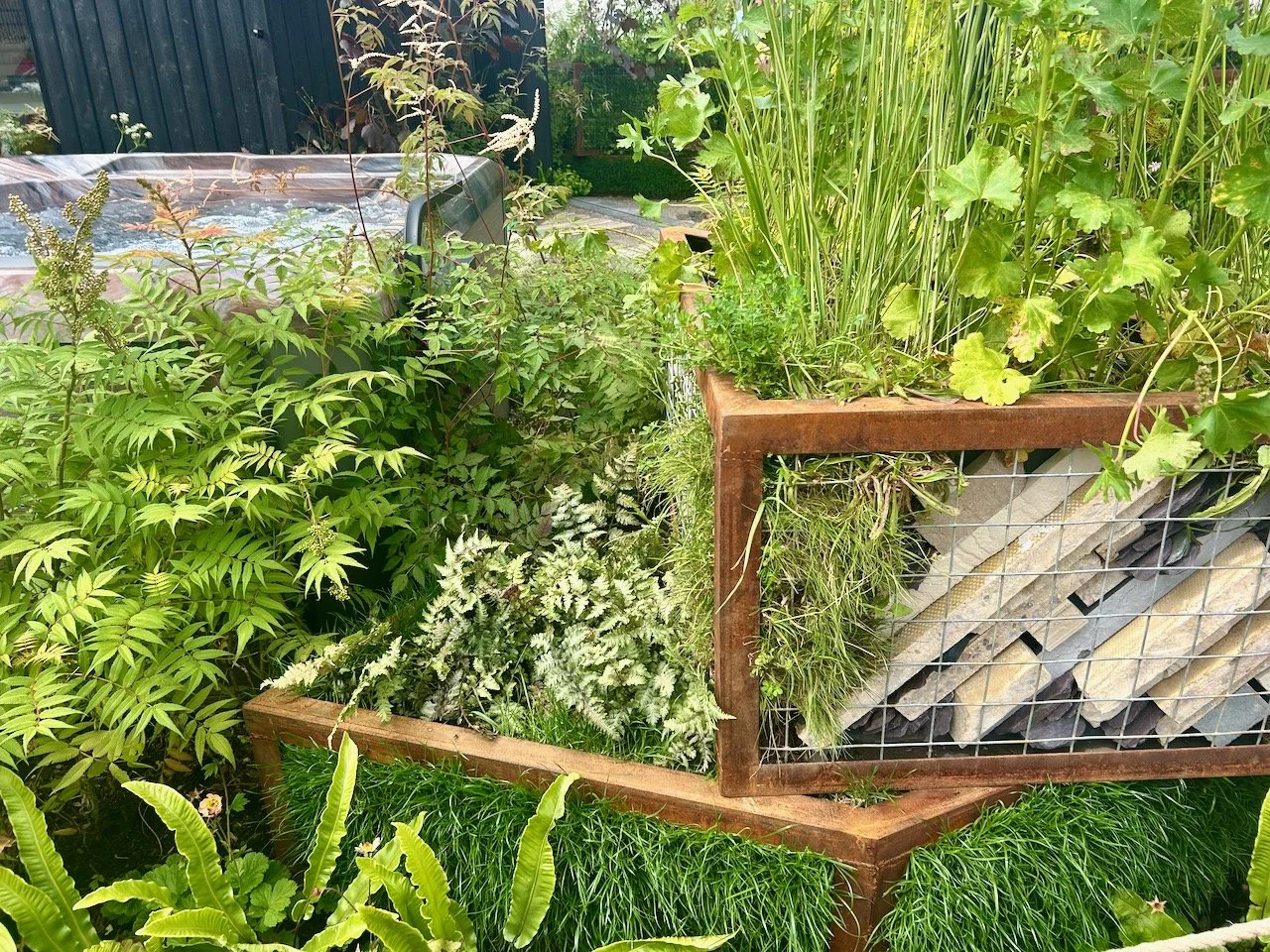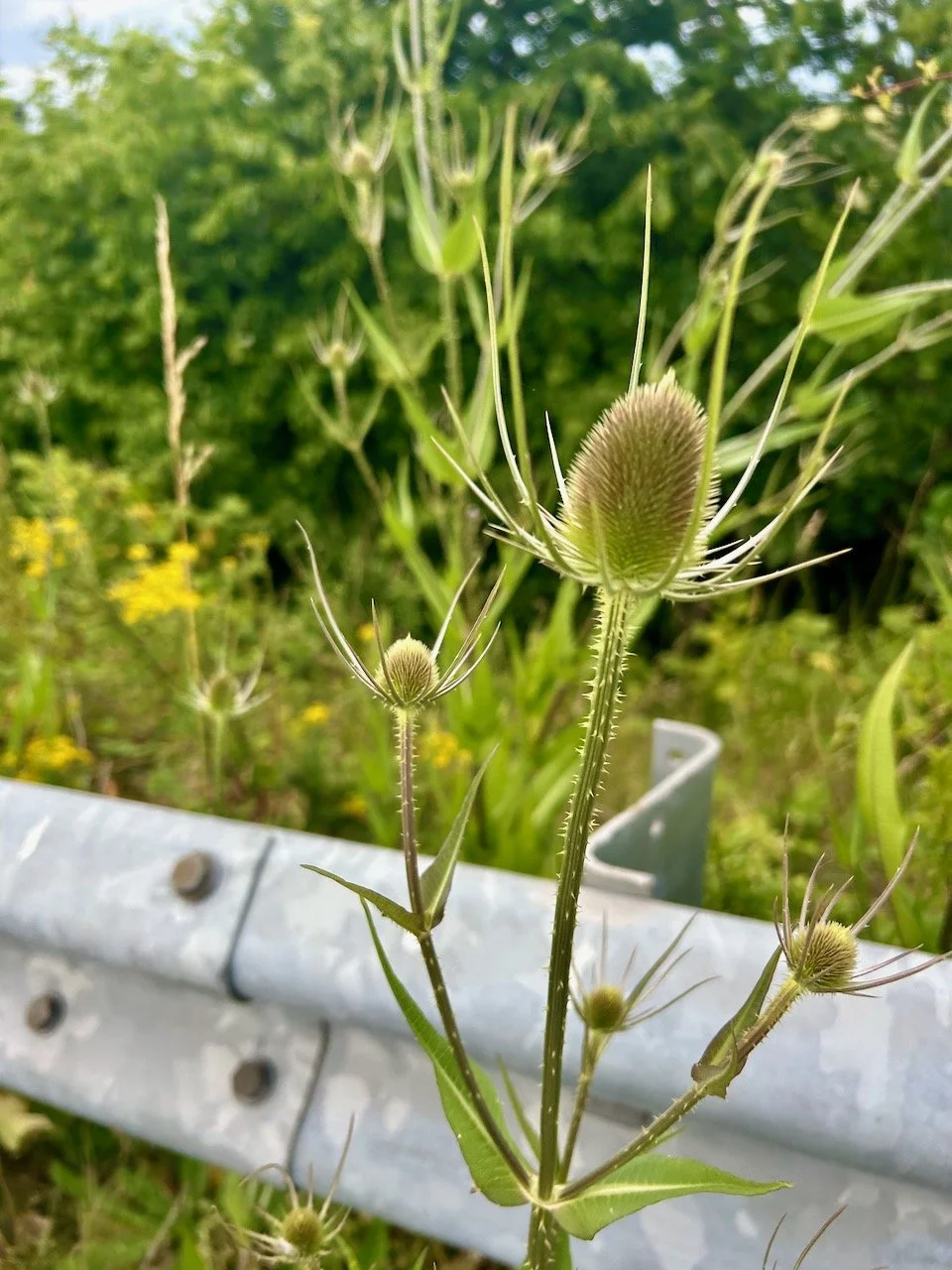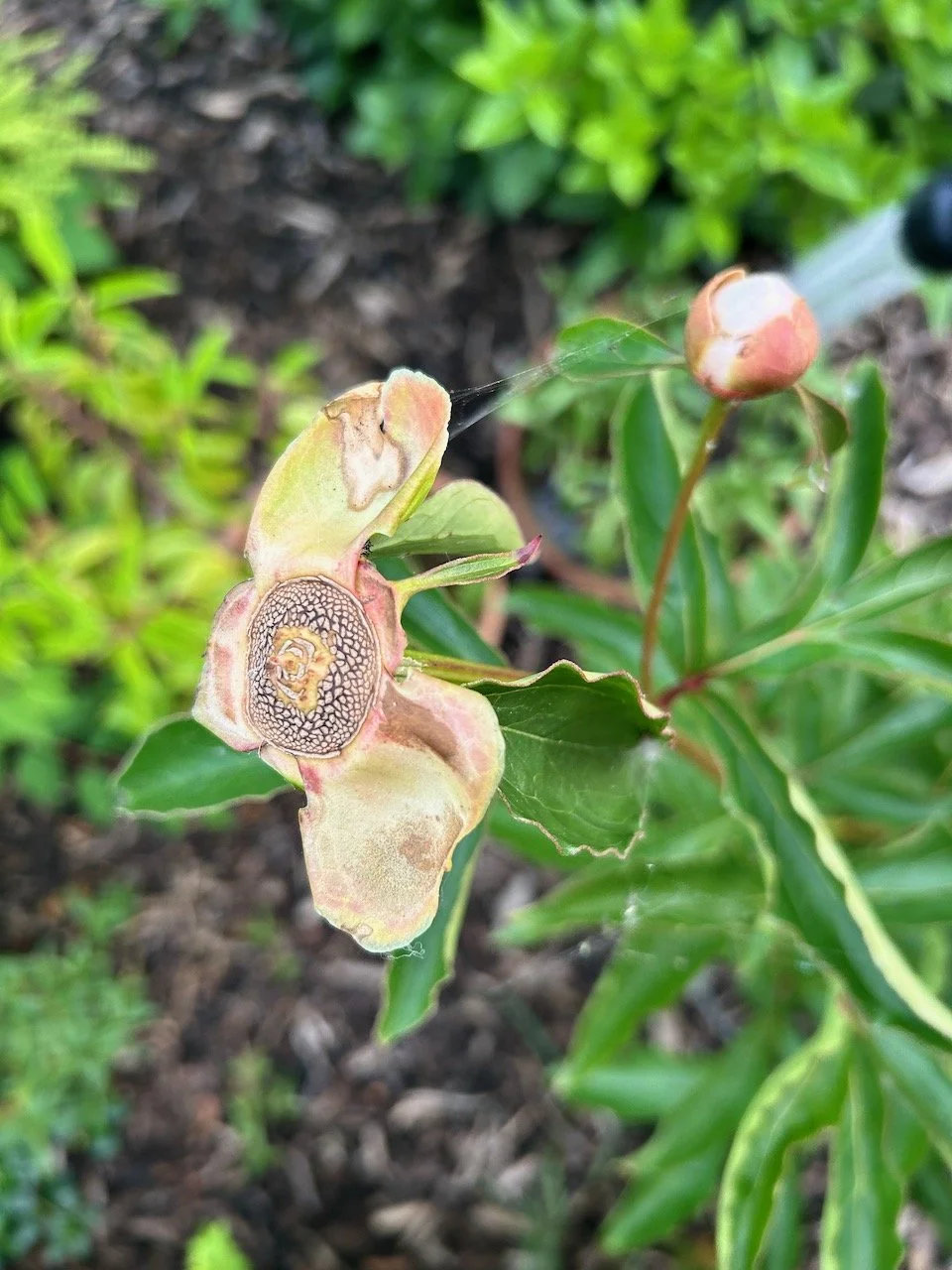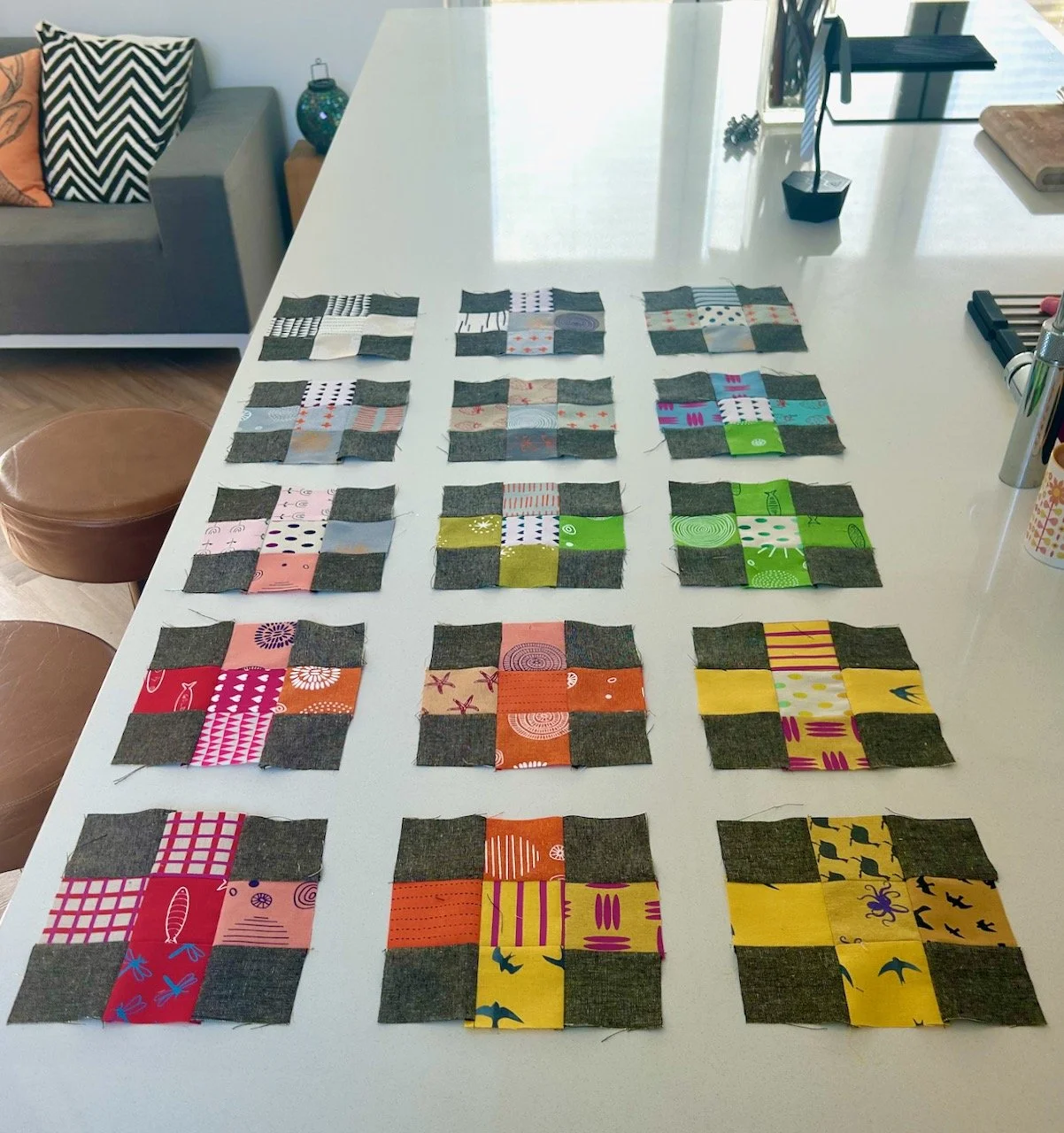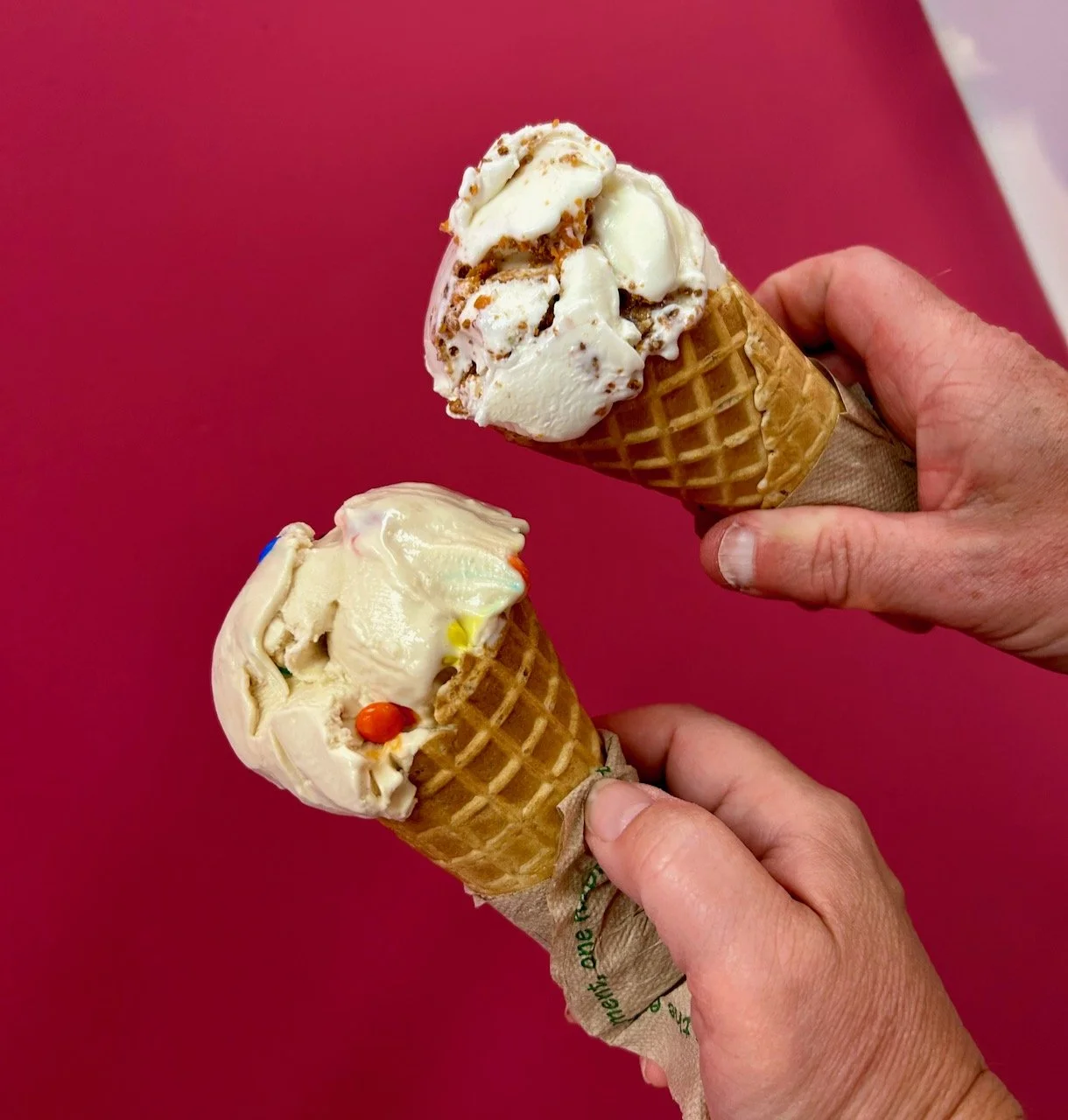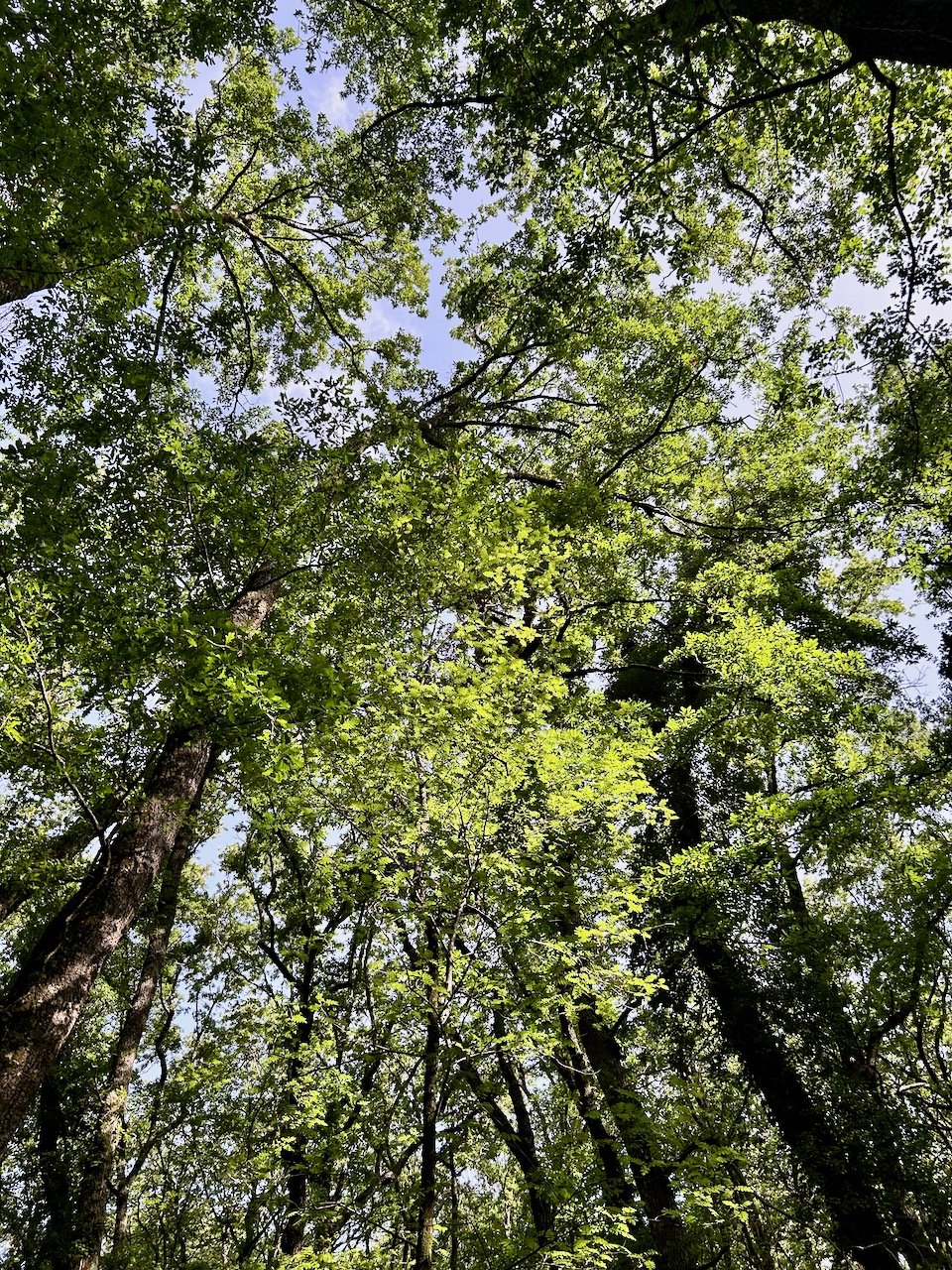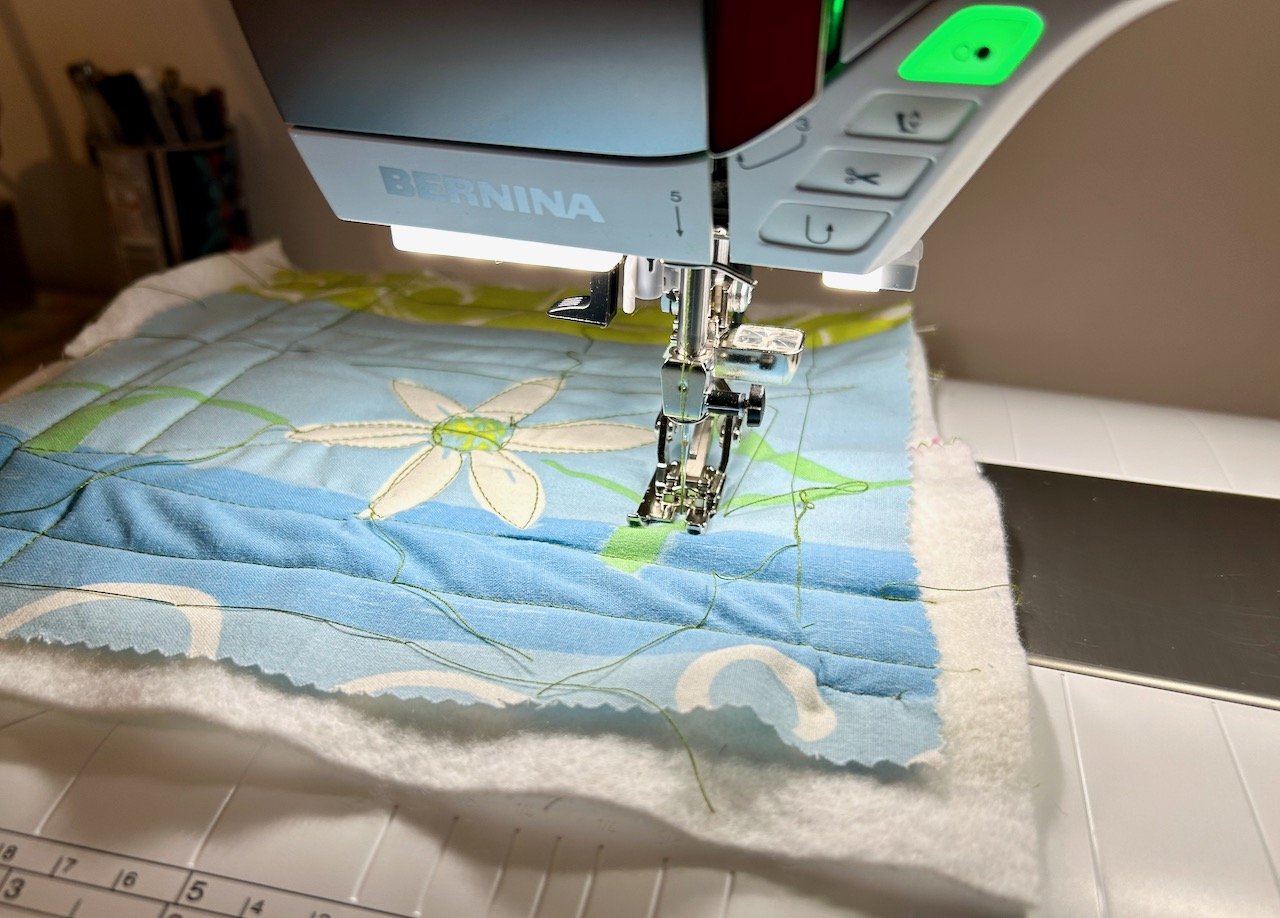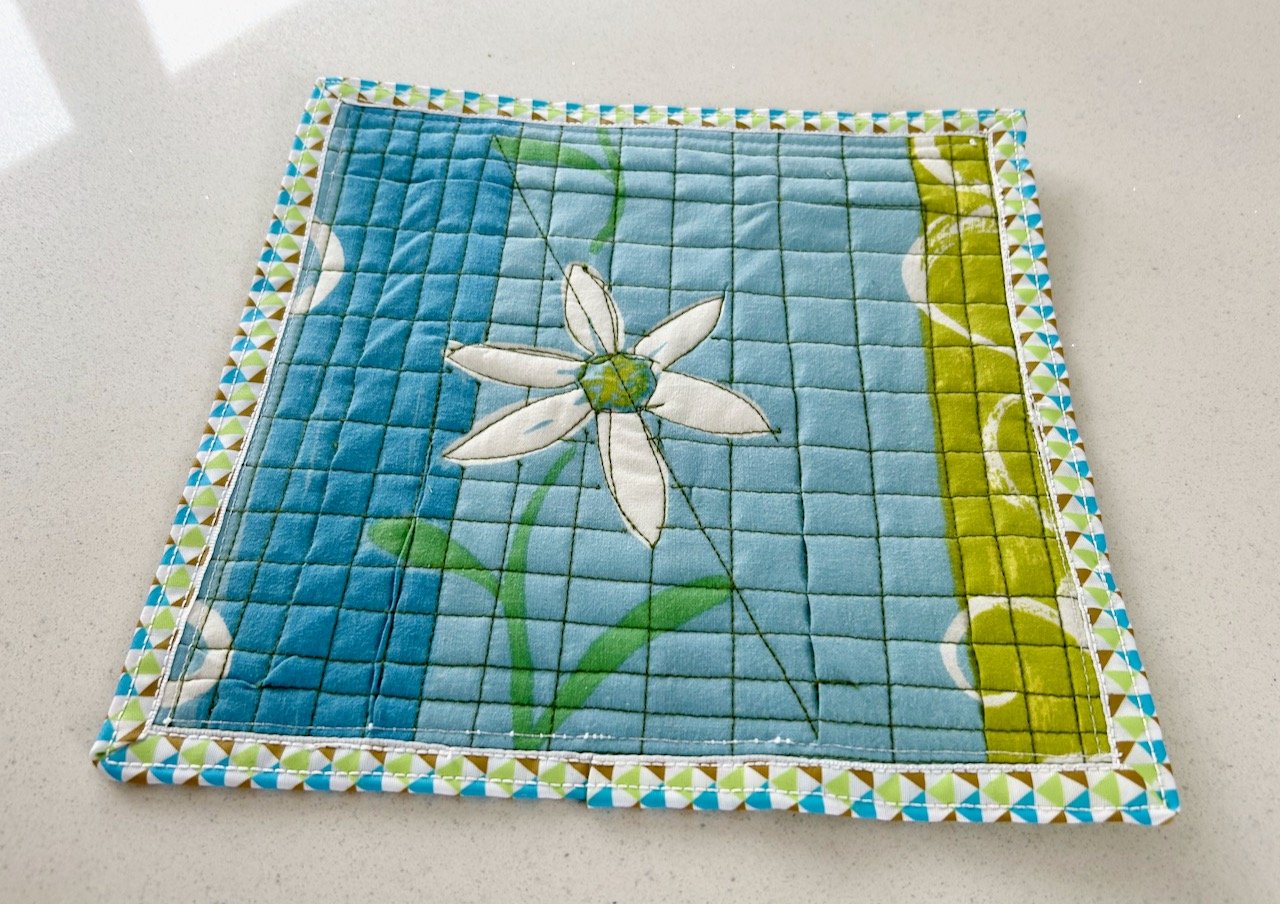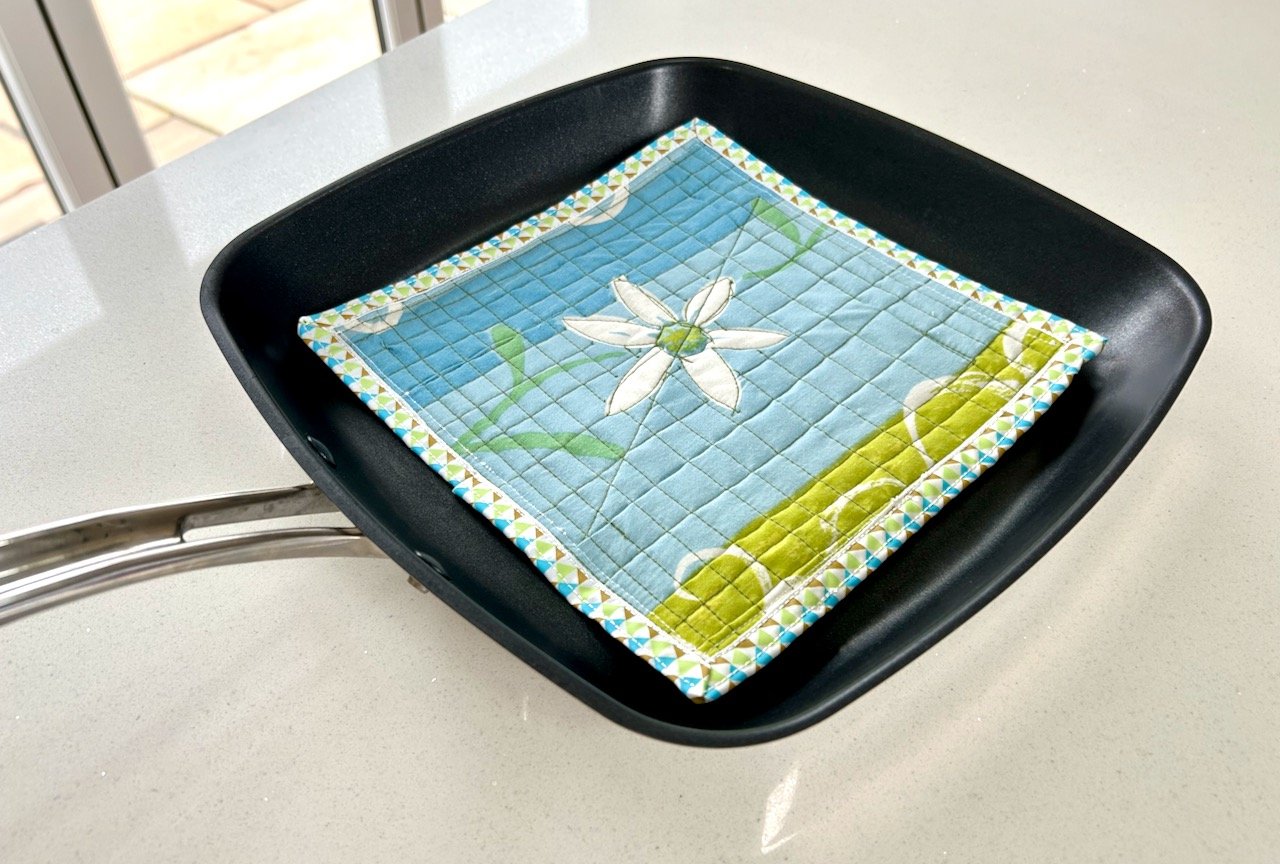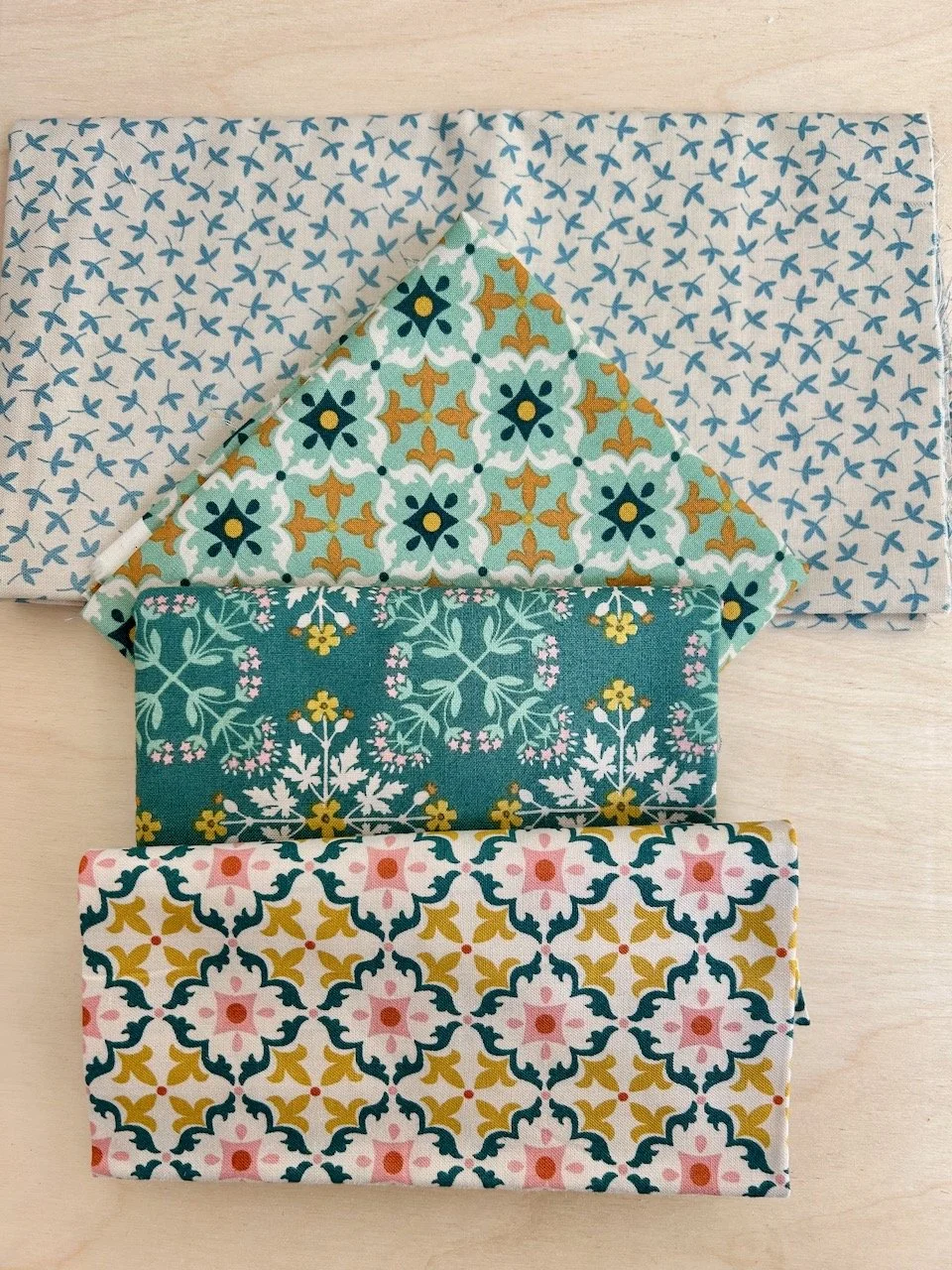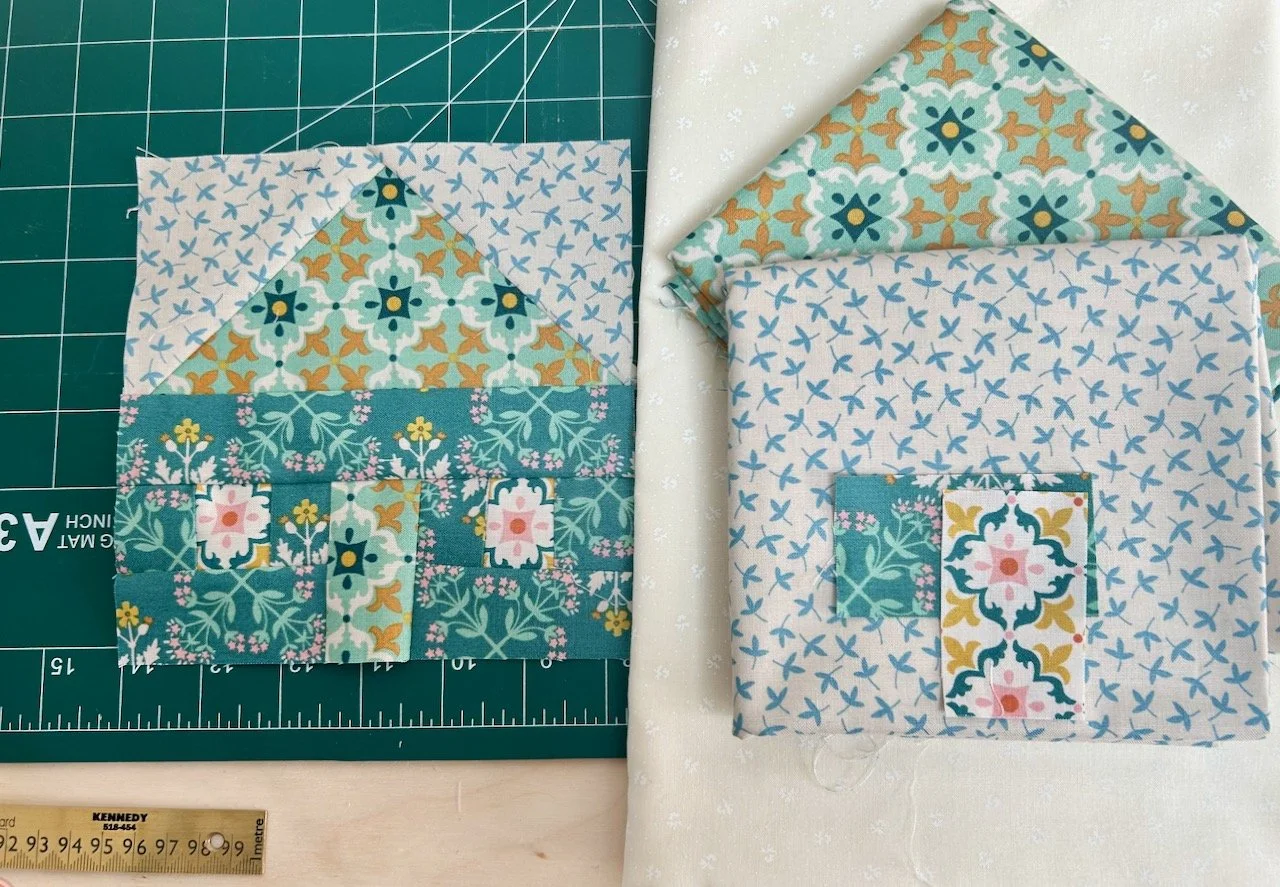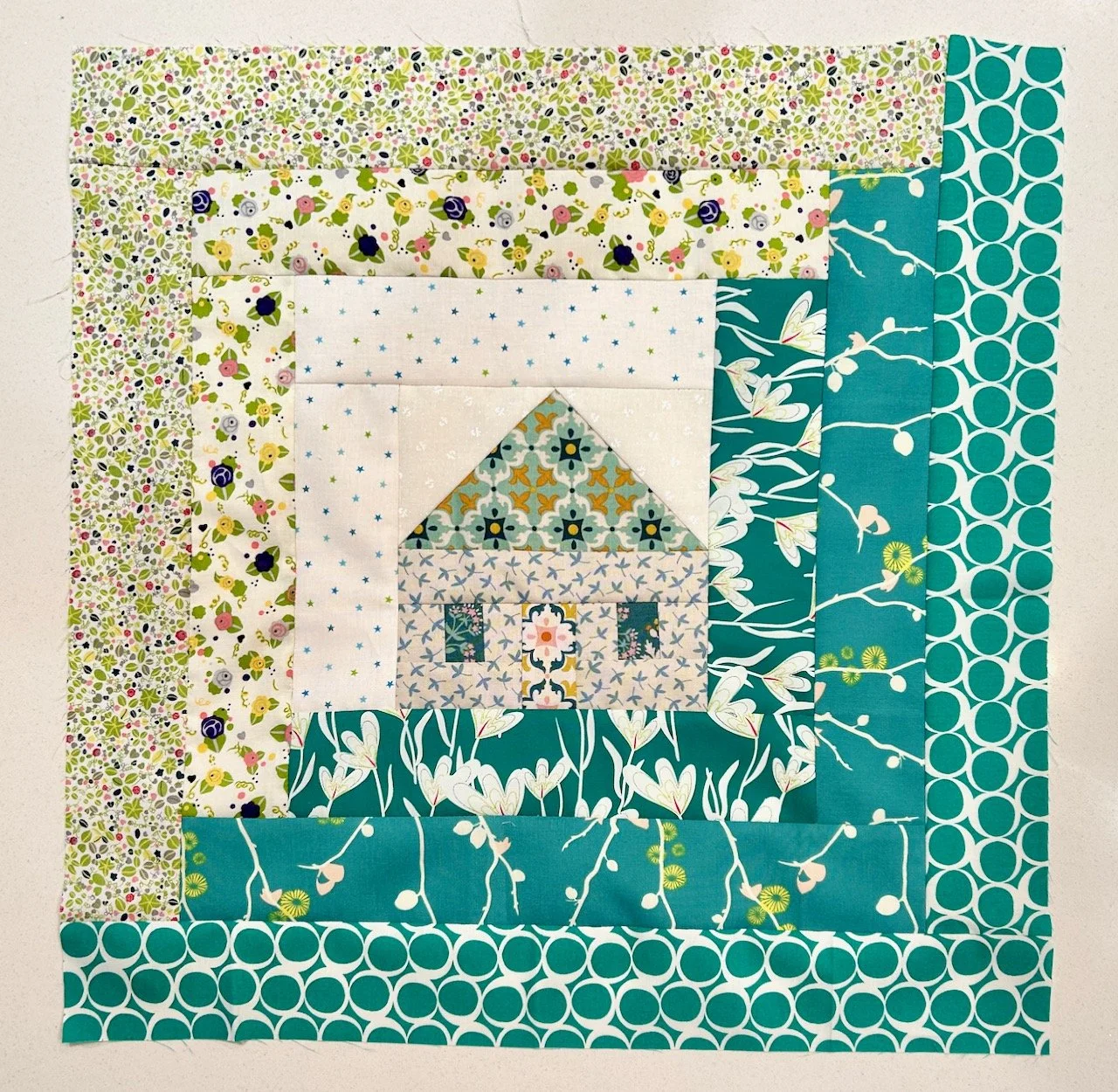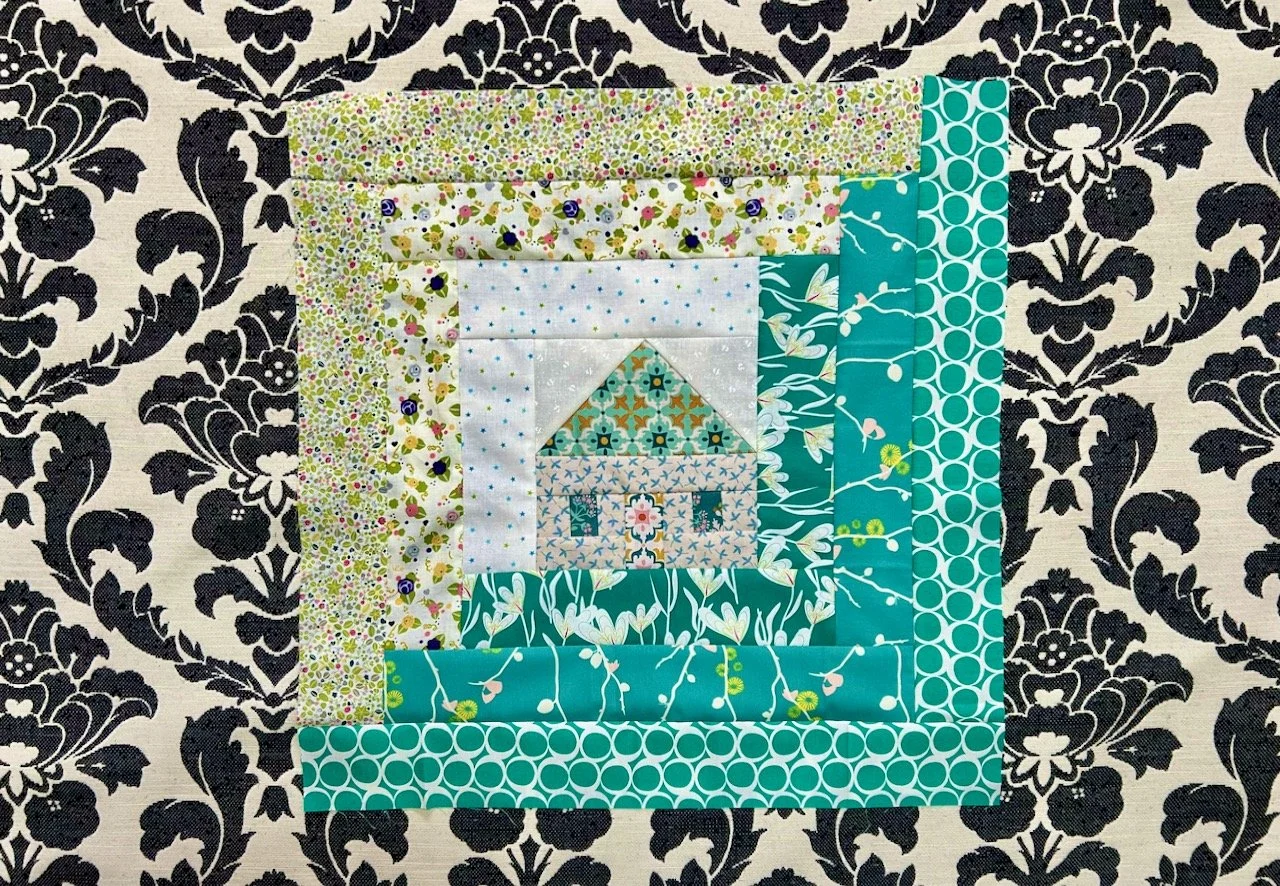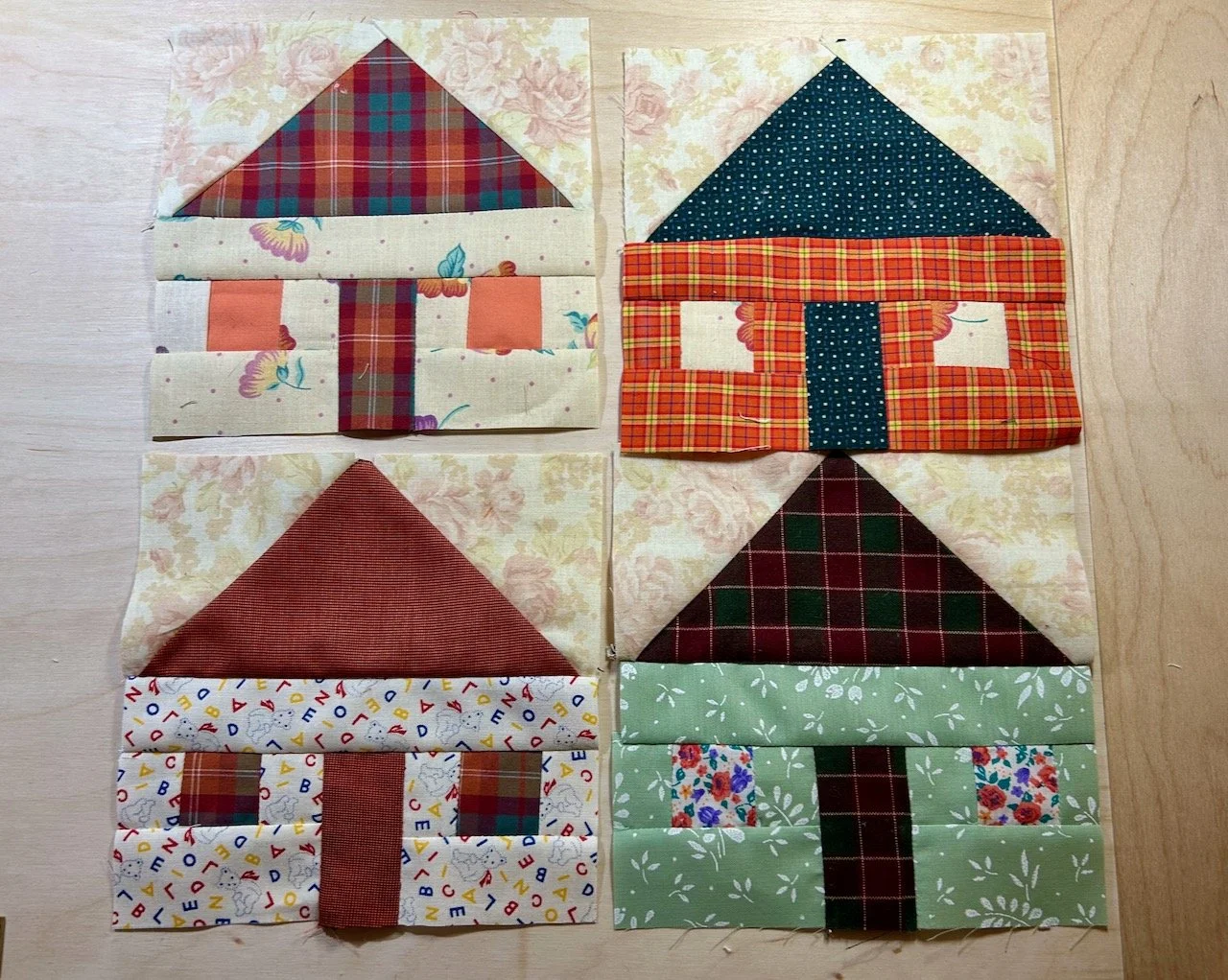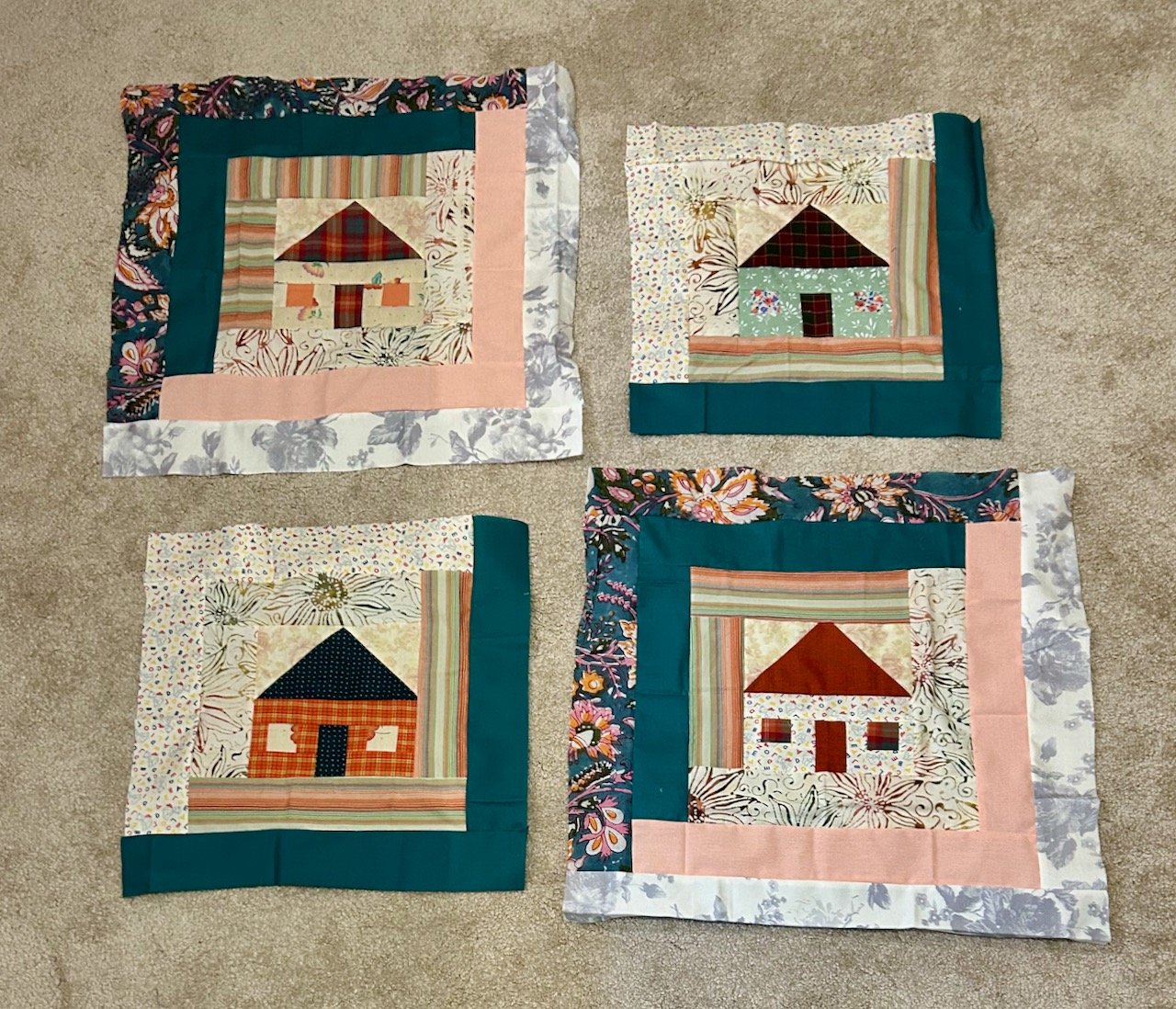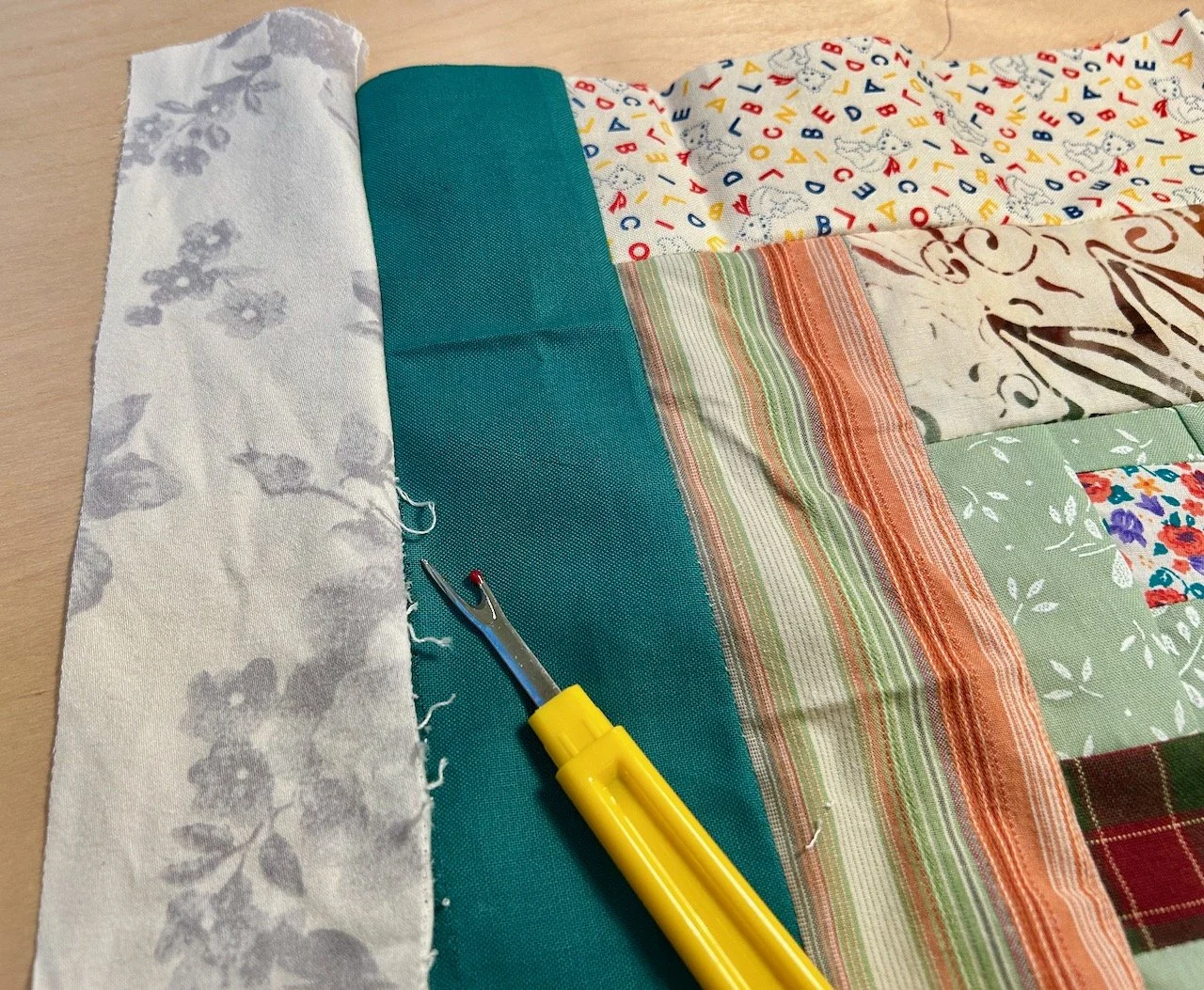I’d been thinking about buying a new sewing machine on and off for a few months, and in January I bit the bullet and went for a test drive of two machines on my hit list. Unknowingly I’d chosen the same brand of machine that both my mum and SIL have, so I’m in good company!
I was between two models, one in the 4 series and one in the 5 series - with the price of the 4 series being my preference until I saw them in action. The 4 series looked small, and smaller than I’d imagined and while the BSR (Bernina Stitch Regulator) could be added as an accessory, it was included like it was with the 5 series model. Truthfully, I knew I’d probably never get that as an add on so if I was interested (or intrigued) by that then I knew it made more sense for me to opt for the slightly larger and pricier 5 series model.
I was definitely glad I went to my local stockist (in a new to me part of Nottingham) to see them both in action though, and didn’t just buy online - and if you’re thinking of buying or replacing your sewing machine, I’d recommend you go along and see them in person too.
My new machine arrived at the end of January and I spent time unpacking it and noting everything that was in the box, not always sure what it was or what it was for at that point. But over the next few days I spent some time familiarising myself with the basics, and a little bit more, feeling immensely proud I’d managed to write (part of) my name using it - my name is long, and by the third letter I was keen to move on to try something else, so implemented a short name, often adopted by my young nieces, which I’ve not used for many years!
Trying some appliqué
After trying several stitches I was keen to try more, and so with my floral fancy project in mind I thought I should try some appliqué. I’d saved the larger off cuts from the workshop with good reason, so it turned out. As I dug through them I realised I could quickly knock up some test backing the same thickness as my floral fancy.
With some tweaking I settled on this design, peeling off the Bondaweb and ironing them into place before adding a stitch outline. For this I didn’t change the foot, and with hindsight I should have - but you live and learn, and that’s what this was all about.
There are elements of this that I’m really pleased with, and there are also some learning points, such as it would have been better to iron the petals and centres on as separate layers as that would have allowed me to follow the lines independently, especially on the orange flower on the right. And I also realised once I’d finished that the design looked better inverted - who knew.
I was pretty sure that I had some material that matched both the colour of the flowers and the lighter background - and it wasn’t long before an idea formed, and yes that idea was a pouch. At this point though I had no idea what the question was, but I knew I needed this pouch (well wanted, rather than needed!).
And so, I made a new pouch - this one’s already in my jewellery box holding a rather large and chunky piece of costume jewellery which up until now was in a bit of bubble wrap. This, even though the velvet ribbon is a bit ruched, is a much better solution.
Trying some quilting
I was also very much aware that my Log Cabin Log Cabin quilt was waiting in the wings to be finished, but I didn’t want to dive into finishing that and quilting it without being more confident with my new machine. So I started another test piece, this time to try out some quilting.
For this I changed to the quilting foot, and added the extended table top - and tested using the inbuilt walking foot, and without. I’d pulled an almost 8 inch square from a lucky dip purchase from a while back. It’s the kind of selection that you can use some - and I’ve used some in the binding of quilts, and some that you really don’t care for. This blue and green square with a white daisy was in between - there’s absolutely nothing offensive about it, but I had no idea what I’d do with it. Until now.
I frankebatted some wadding together, added another square on the bottom for the backing and set about freeform initially using the basting stitch to keep the layers in place - I found this a bit of a faff on this sized project, goodness knows what it’d be like on a much larger quilt, though I’m prepared to be proven wrong!
I tried with the walking foot and without and the differences are apparent, and as you can see below at one point I went a bit left field with a diagonal line. I also decided to try out my Hera marker (a piece of plastic which with a ruler you can ‘mark’ indents into the fabric) and so that’s why I ended up with more gridlines, as I’d particularly liked quilts at the recent Newark Quilt Show quilted that way.
When it was finished I wondered what I could do with it, as I was keen to do something with it rather than it just hang around my craft room. After a day or so I knew what it could be and so added some toning ribbon as binding (yes, I had this too - I bought it while checking out the haberdashery department in Yorkshire Traders in Newark!).
And the sizing worked - so this test project is now a pan protector for our new griddle pan. How lucky was that? The wok lives on top of the griddle pan in the cupboard, and as they’re both new I was keen to give them both some protection.
So I have two new unintentional projects, and I got to try out more features on my new Bernina than I would have, at the same time.
Since then as you know I’ve finished both the Log Cabin Log Cabin quilt and my January mystery block of the month block and I’ve started the test blocks for the next quilt - but more on those another day!
